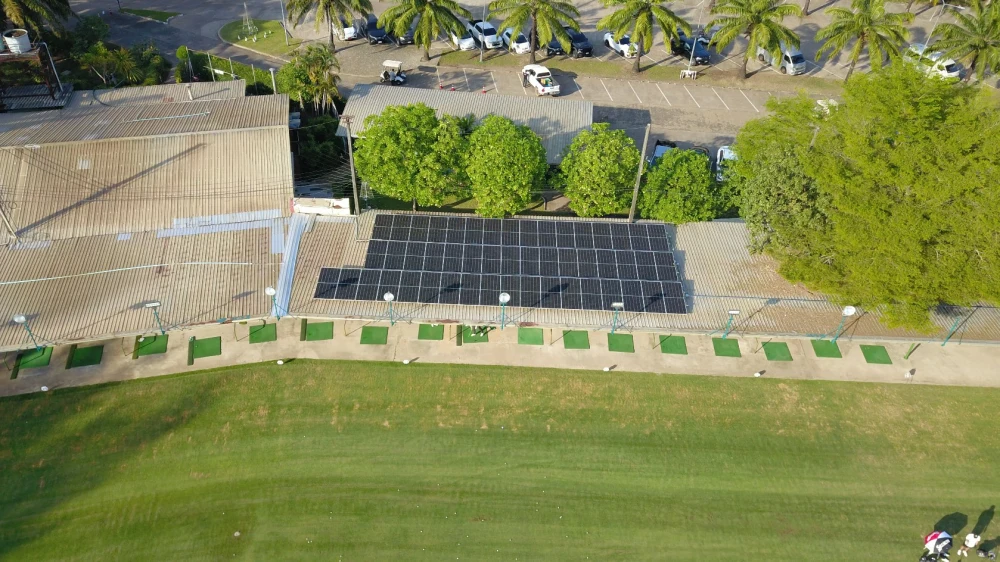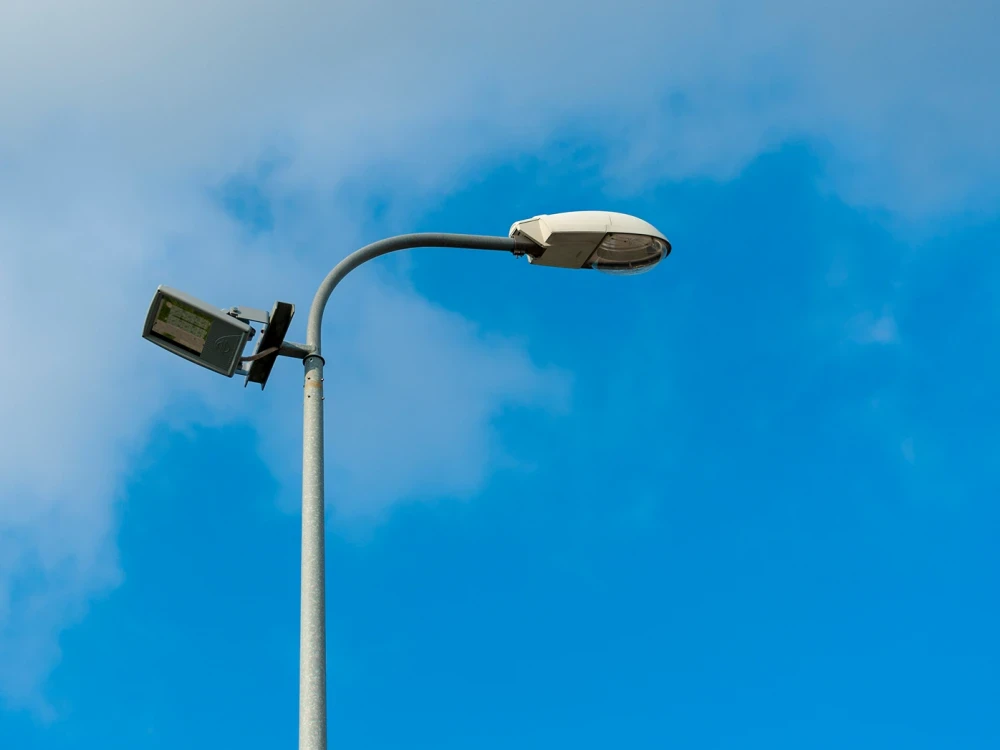Importance and Mission
The Company prioritizes efficient resource use, recognizing the necessity of energy for its business operations, primarily involving electricity and fuel. Thus, to minimize operational impacts and maximize resource efficiency, while meeting customer demands for cleaner energy sources.
The Company focuses on enhancing energy efficiency through process improvements and exploring alternative energy sources. This approach not only reduces direct impacts on the Company but also enhances its competitive edge, ensuring stable and sustainable long-term revenue generation.
Energy PolicyGoals and Performance
Annual Target for the Year 2024
- Reduce electricity consumption in 2025 from the Company's operational activities by at least 1% compared to the baseline year (2024).
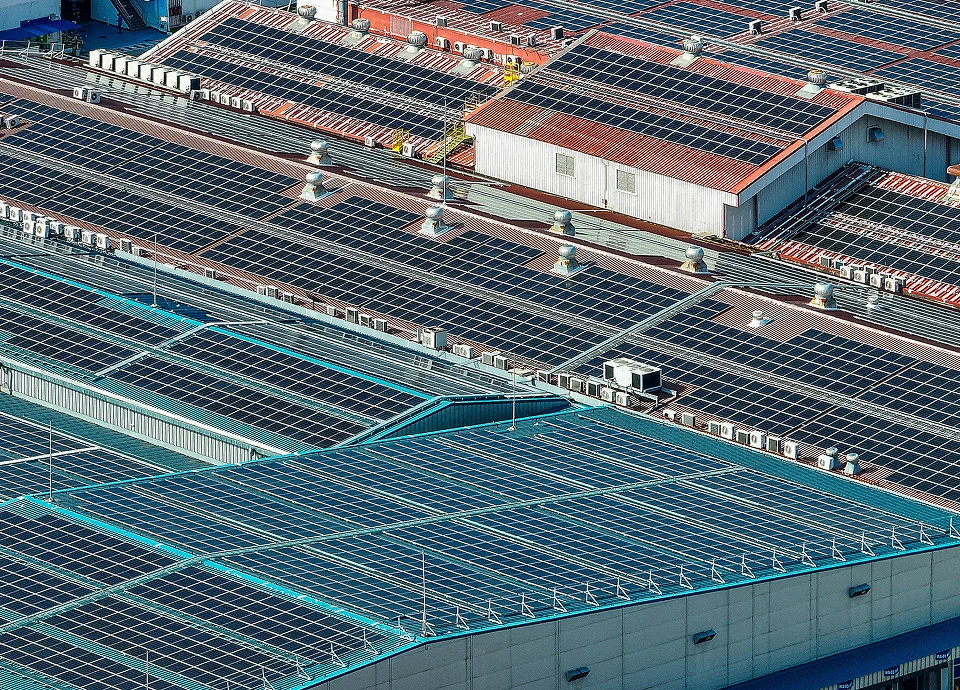
Performance
Reduce electricity consumption in 2025 from the Company's operational activities by at least 1% include:
LED Streetlight Replacement Project: Reduced electricity consumption by 257,252 kilowatt-hours/ year, representing 2.46% of total electricity usage.
Solar Rooftop Installation Project: Reduced electricity consumption by 117,521.60 kilowatt-hours/ year, representing 1% of total electricity usage.
Supporting the SDGs
Affordable and Clean Energy
Industry, Innovation, and Infrastructure
Responsible Consumption and Production
Climate Action
Life on Land
Partnerships for the Goals
Management Approach
Fuel and Energy Consumption
In 2024, the Company utilized fuel and energy across various business and support activities, including office spaces, Saha Group industrial park, golf courses, and other areas under its control, totaling 8 locations. This comprehensive energy usage will serve as the baseline year for developing the Company’s energy management system. The overall energy consumption for the year with the total electricity usage accounted for 38.08 million megajoules or 10,444,528.07 kilowatt-hours, and the total fossil fuel consumption accounted for 10.72 million megajoules. Total energy consumption in the organization is 48.80 million megajoules
Fuel and Energy Consumption
| Operating Areas | Energy Consumption | Fuel Consumption | ||
|---|---|---|---|---|
| (kWh) | LPG (Kg) | Diesel Fuel Consumption (liters) | Benzyl Fuel Consumption (liters) | |
| Bangkok Headquarters | 209,820.93 | - | 14,007.05 | 72,059.54 |
| Saha Group Industrial Park Sriracha | 3,307,479.59 | - | 47,050.68 | 20,033.03 |
| Saha Group Industrial Park Kabinbur | 2,317,270.46 | - | 32,981.40 | 1,542.34 |
| Saha Group Industrial Park Lamphun | 1,757,480.05 | - | 19,931.33 | 2,354.00 |
| Saha Group Industrial Park Mae Sot | 116,374.69 | - | 4,806.74 | 1,550.25 |
| J Park Nihon Mura, Chonburi | 1,291,044.60 | 8,640.00 | - | 661.26 |
| Kabinburi Sport Club Golf Course, Prachinburi | 1,485,154.00 | 7,293.00 | 29,204.00 | 18,122.00 |
| Hariphunchai Sport Club Golf Course, Lamphun | 92,240.00 | - | 10,338.00 | 5,861.00 |
| Total | 10,576,864.32 | 15,933.00 | 158,319.19 | 122,183.41 |
Bangkok headquarters include Rama 3 and Samyan Mitrtown Offices.
Based on an analysis of the organization’s overall energy consumption in its core business activities, it was found that the Company primarily relies on electricity as its main energy source for operations. This reliance results in significant indirect greenhouse gas emissions from electricity use (Scope 2), making it the primary source of the Company’s greenhouse gas emissions. Consequently, the Company places great importance on energy management, particularly the efficient use of electricity within the organization. To achieve this, the Company has established guidelines to reduce electricity consumption in key operational processes. These guidelines encourage employees, contractors, and stakeholders to collectively take responsibility in meeting the Company’s set goals. Given that the Company has compiled comprehensive energy usage data across all its operational areas for the year 2024, this data will serve as the baseline for setting energy reduction targets. The Company will also focus on improving fuel and electricity efficiency through various projects, with specific goals aimed at reducing overall energy consumption.
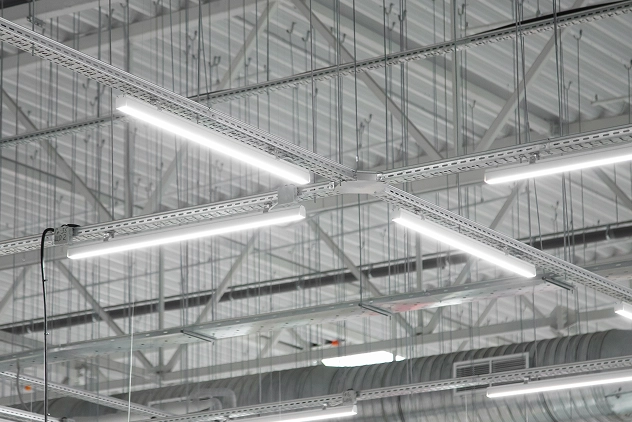
Electricity usage in common areas of the Saha Group Industrial Park
- Replace all fluorescent lights on the roads within the Saha Group Industrial Park with LED lights, and install solar panels to harness solar energy.
- Implement an automatic control system for turning lights on and off in the common areas of the Saha Group Industrial Park.
- Upgrade and repair electrical equipment, and increase the proportion of electricity used from clean energy sources.
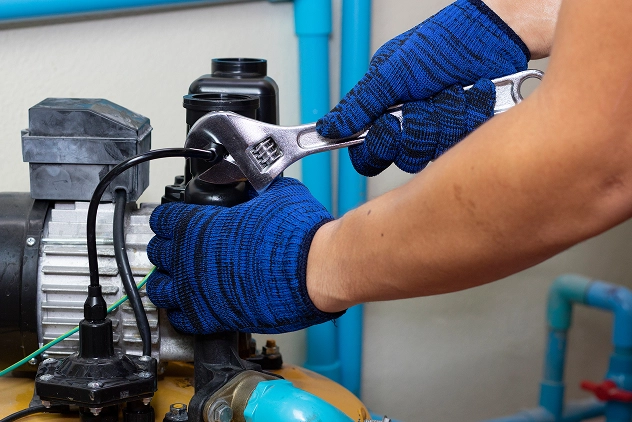
Electricity usage in the industrial water production system
- Regularly maintain machinery and ensure electrical equipment is always in working condition.
- Adjust and optimize the operation times of machinery.
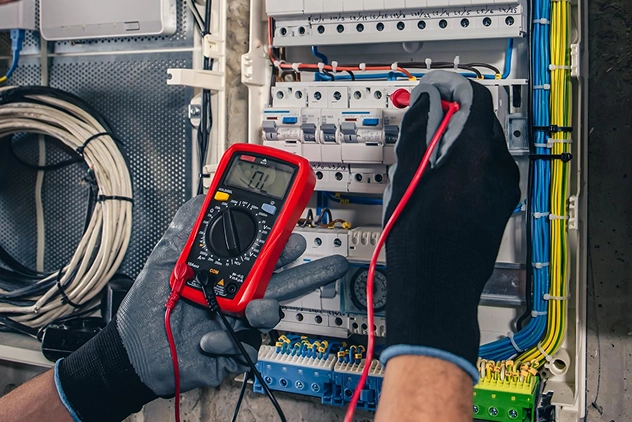
Electricity usage in the wastewater treatment system
- Adjust the operation times of systems to match the volume of wastewater entering the system and the aeration period to suit the quality of wastewater in the treatment system.
- Plan regular maintenance and inspections to ensure electrical equipment is always in normal working condition.
- An energy management system (ISO 50001) is implement to promote the efficient.
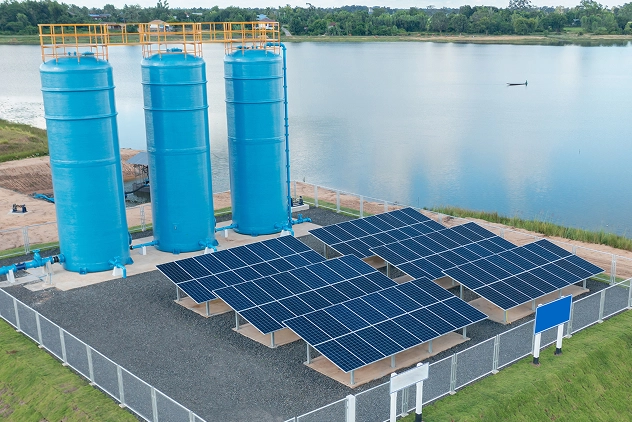
Electricity usage in water circulation and recycling systems
- Check and maintain energy-intensive machinery in the water pumping system to ensure it operates efficiently.
- Enhance the use of electricity from clean energy sources in the water pumping system.
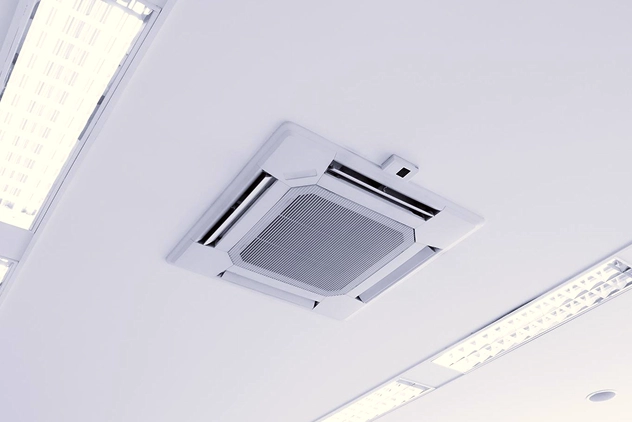
Electricity usage in office buildings
- Encourage employees to save electricity during work, such as turning off lights and electrical appliances during breaks or when not in use.
- Set the air conditioning or cooling system temperature in the office to no lower than 25 °C.
Stakeholders Directly Impacted
Employee/ Executive
Participated in energy-saving efforts in the office.
Customers
Demonstrated a preference for clean energy and awareness of the impact of energy use.
Suppliers
Took part in responsible energy consumption.
Government Sectors
Submitted reports on compliance with environmental impact prevention and mitigation measures.


